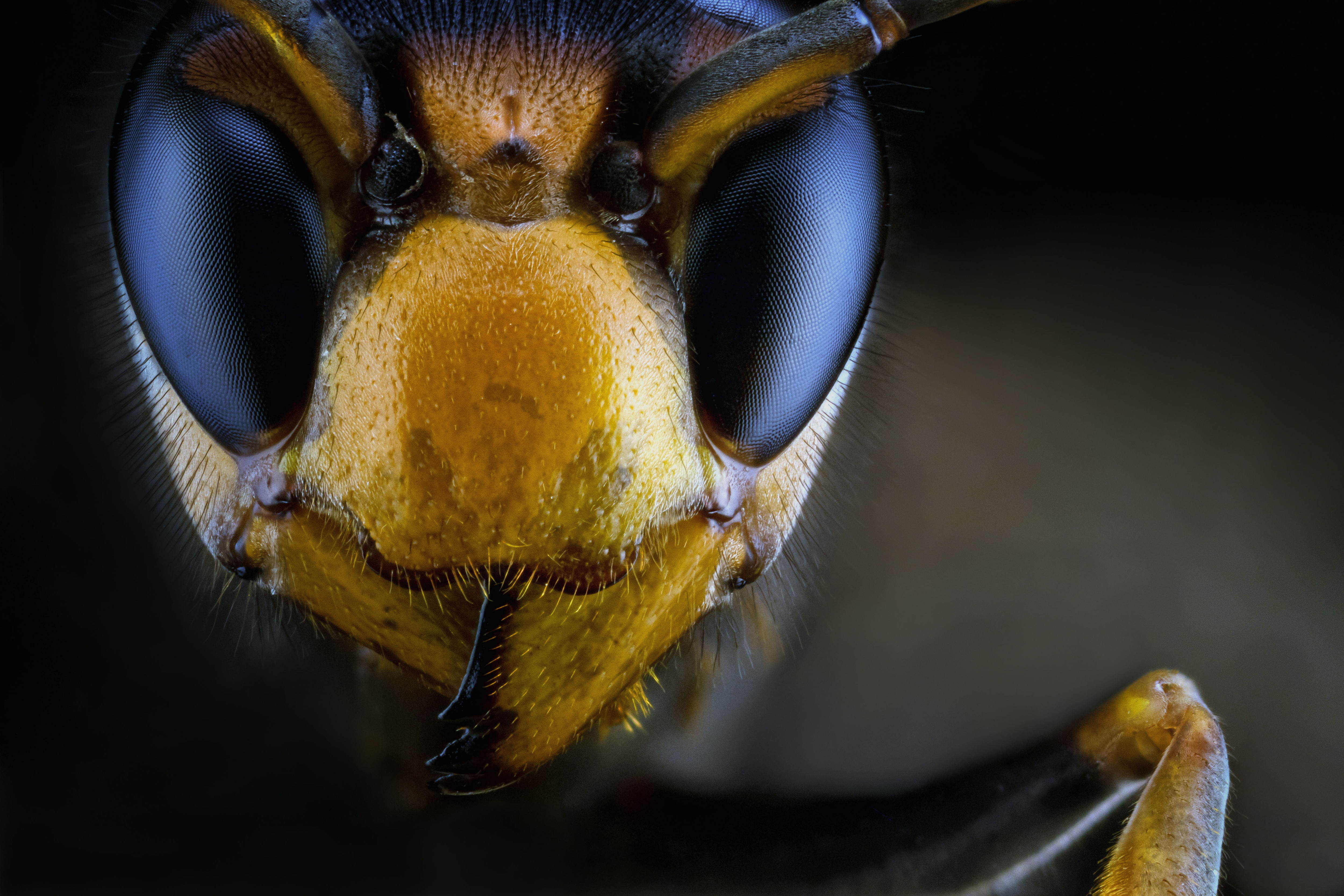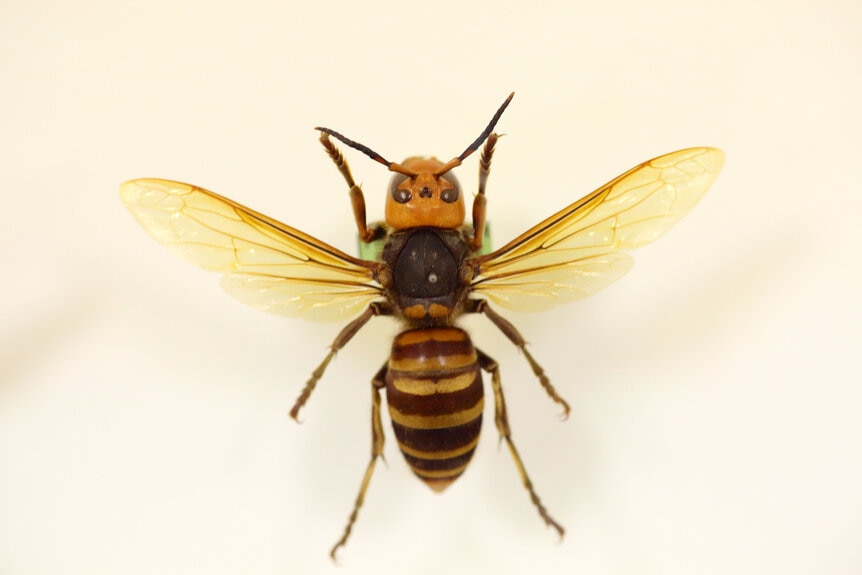Create a free profile to get unlimited access to exclusive videos, sweepstakes, and more!
This is no monster movie — giant 'murder hornets' seen in the U.S. for the first time

It's got a body the size and thickness of an adult thumb, mandibles that'll pierce flesh, and a stinger that can inflict some serious harm. Talk about a hive of horrors!
As if people don't have enough to worry about already with the coronavirus pandemic and climate change, the Asian giant hornet has officially arrived on U.S. shores after being spotted in the Pacific Northwest.
And if you ask beekeepers and scientists, this insect predator is an invasive species that's certainly garnered much interest. For starters, it sounds like something straight out of a '70s monster movie — just see, for instance, the nickname researchers have given it: the "murder hornet."
Second, the Asian giant hornet threatens American honeybee populations, which have no defense against the carnivore. And last but not least, its stinger and venom are supposedly so painful that it's been compared to being branded by a hot poker. (In severe cases, more than one sting has been known to trigger organ failure.)
"They're like something out of a monster cartoon with this huge yellow-orange face," Susan Cobey, a bee breeder at the Washington State University's department of entomology, told CNN.
The species is native to China, the Russian Far East, and Southeast Asia, of which a subspecies in Japan, the Japanese Asian Hornet, is equally as dangerous.
According to The New York Times, Ted McFall, a beekeeper in Blaine, Washington, first reported something bizarre occurring with his honeybee colony when thousands of his bees turned up dead, their heads decapitated and many of their bodies missing.
The culprit, entomologists suspected, was the Asian giant hornet, which is known for ripping the heads off upwards of 40 honeybees per minute in its native habitat and stealing away with the juicy middle, their thoraxes, to feed its hungry queens and larvae.
Two inches long, these giants are the world's largest hornets. They have orange and black stripes, a wingspan rivaling a young dragonfly, dark brownish-black eyes, and body armor that make them impervious to stinging by their prey, who end up suffering a grisly fate. That's because having never encountered the invader, European and American honeybees haven't evolved a successful strategy of staving them off, unlike the Japanese honeybee.
Then there's the question of what impact this chain reaction might have on crops, as honeybees are major pollinators of plants that produce fruits, vegetables, and nuts. Not to mention any potential threat to humans. (Back in Japan, the Asian giant hornet reportedly kills an estimated 50 people a year.)
As a result, scientists are rushing to set up traps to capture them and eradicate their nests.
"Most people are scared to get stung by them," Washington beekeeper Ruthie Danielsen told the Times. "We’re scared that they are going to totally destroy our hives."
Most people however don't include YouTube star and Brave Wilderness host Coyote Peterson, who demonstrated what it feels like to get stung by one. Needless to say, the result wasn't pretty (as you can see starting at 3:45). Coyote's arm instantly swelled up and he later said it was the most amount of venom he arguably ever had pumped into his arm by an insect.
So word to the wise: Everyone just beeeee careful!



























